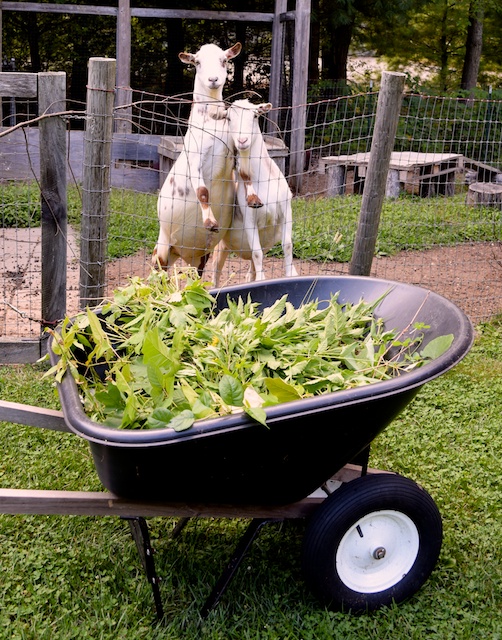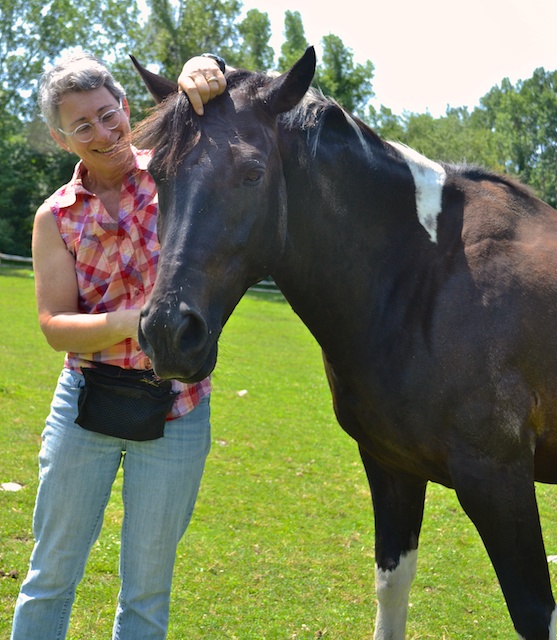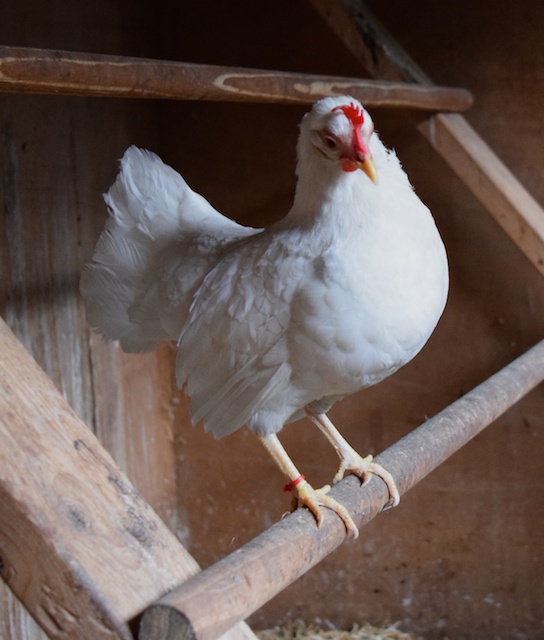The meadow across the street used to be a farm. At one time, strawberries were grown there. Some years, hay. The property passed into the hands of a church, and then to two conservation organizations, and half was developed as senior condos. When I moved here eleven years ago, the field was open. It was mowed, but not during bobolink season.
And then it wasn’t mowed. Invasive plants moved it. The wheelchair path got overgrown.
Budgets were blamed. The property was a low priority. Now the town and the conservation organizations want to control the weeds with round-up and other chemicals. Which is futile, really. Kill a buckthorn and another will pop up.
There was a meeting last night with the conservation commission and a (well-meaning) representative from the conservation organization. A number of neighbors showed up. We have offered an alternative. A friend with more goats than my two, will be intensively grazing the property. We’ll have a work party to clear old stone walls. We have a reprieve from the chemicals until next spring.
Meanwhile, there are brambles and grapevines, buckthorn, black-eyed Susan and bittersweet. I know two boys who appreciate such things.
Free food for the goats.




















